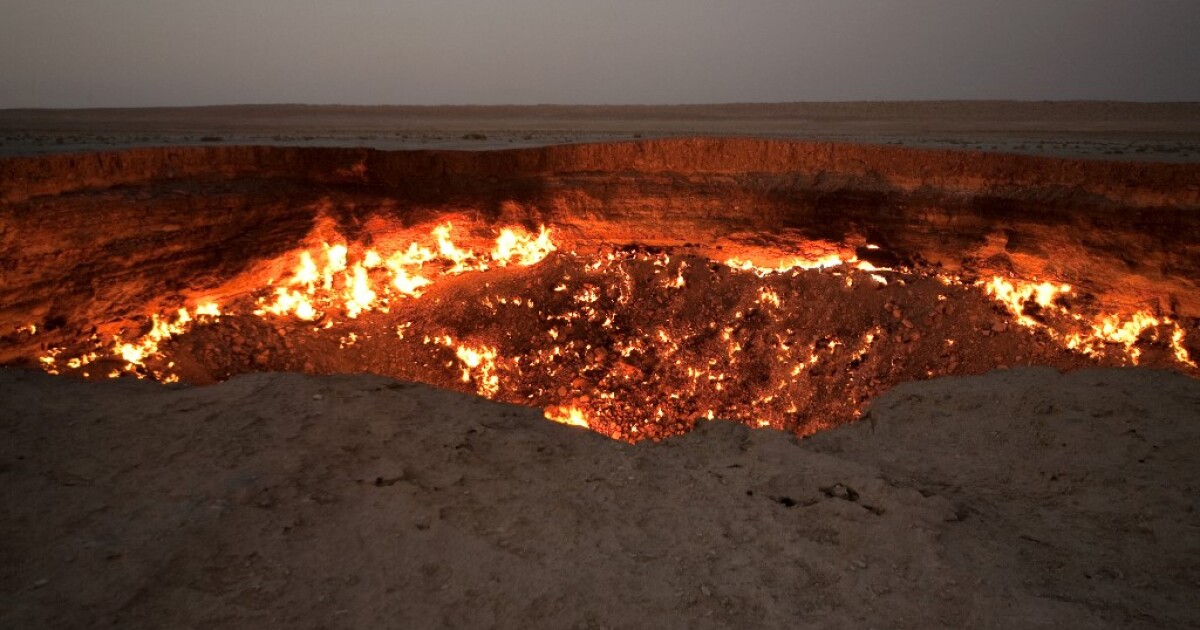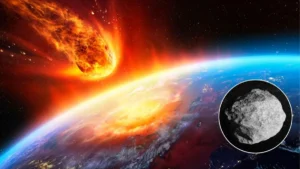
In the heart of the Karakum region of Turkmenistan lies a landscape that seems straight out of a nightmare. The Gate of Hell, whose name is the Darvaza crater, It is a fiery pit that with its constant glow and infernal aura has intrigued scientists, tourists and locals.
What is the origin of the Darvaza crater?
The origin of this fiery phenomenon dates back to 1971, when a team of Soviet geologists was drilling an exploration site in search of natural gas. However, during the process, The ground gave way, leaving a crater approximately 70 meters in diameter exposed to the atmosphere.
To prevent the spread of toxic gases, scientists made a radical decision, setting the gas on fire so that it would be consumed within a couple of weeks.
But what no one anticipated was that this fire would be a flame that has burned non-stop for more than 50 years. The Gate of Hell, as it was baptized by the inhabitants due to its infernal appearance, has baffled the scientific community.
Why does Hell’s Gate keep burning?
MICHAEL RUNKEL/robertharding via AFP
There are several theories that try to answer this enigma. One of the most accepted explanations suggests that Natural gas trapped underground is extremely rich in methane, causing continuous combustion that fuels the flames.
This theory is supported by analysis by scientists who have confirmed the presence of high levels of methane gas in the area.
Another explanation is that the crater acts as a natural vent to release gas pressure built up in the underground layers, thus preventing potentially dangerous explosions.
Hell’s Gate also raises questions about its environmental impact, as the constant emission of methane is also worrying. However, burning the gas reduces its global warming potential by turning it into carbon dioxide and water vapor, adding a layer of complexity to the debate over whether extinguishing the flames would be beneficial or counterproductive.
Source: https://www.noticiascaracol.com/mundo/puerta-del-infierno-que-es-y-por-que-lleva-mas-de-50-anos-ardiendo-so35


